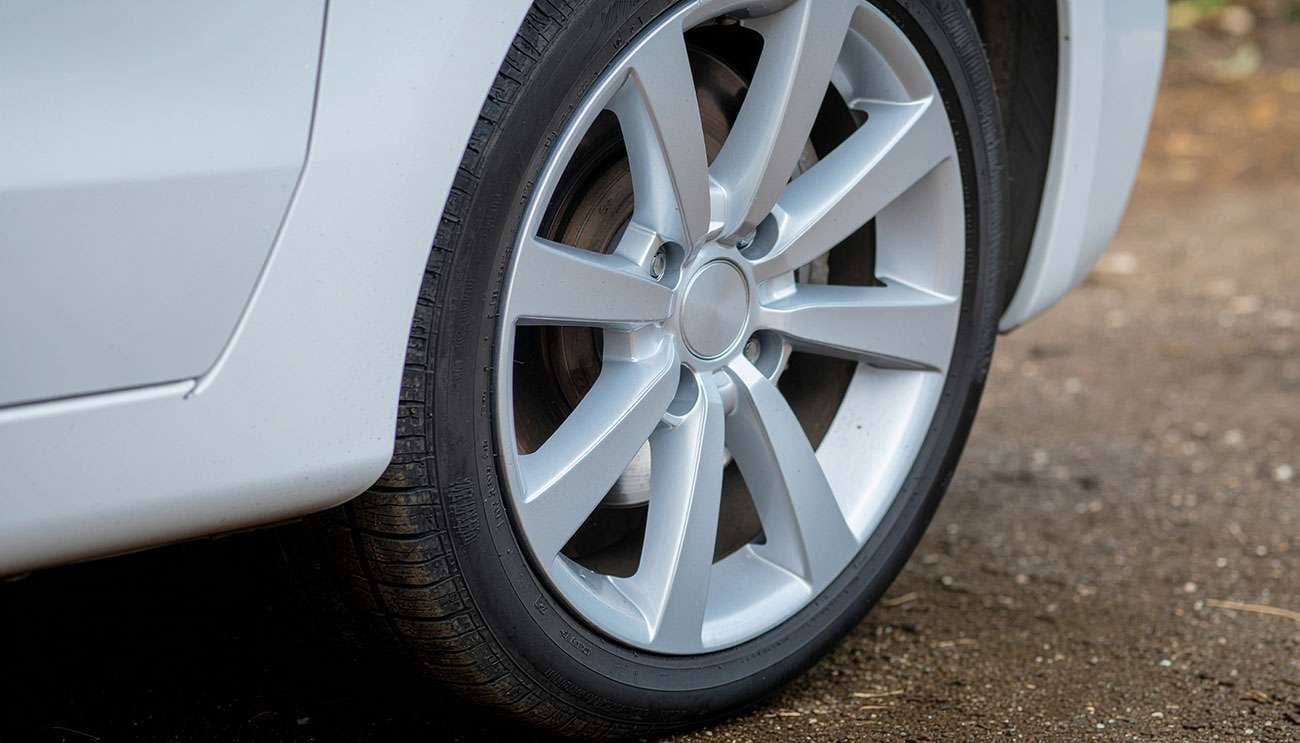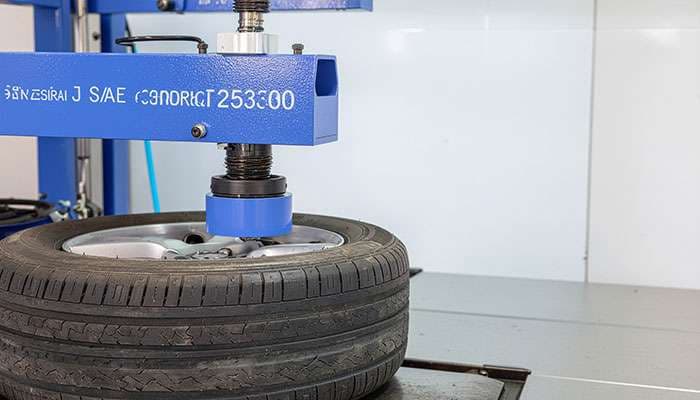
Are Your Aftermarket Wheels Safe? J2530 Testing, DOT Markings & Load Ratings Explained
Aftermarket wheels can transform handling, stance, and curb appeal, but they also carry your vehicle, passengers, and cargo every mile. This guide explains the standards and tests that signal a trustworthy wheel, how to read required markings, and how to choose a safe load rating for your use case.
Key Takeaways
- No US federal performance tests are mandated for aftermarket wheels; DOT requires markings and certain dimensions, not strength testing.
- SAE J2530 defines voluntary performance tests widely used by reputable brands to validate strength and durability.
- A correct wheel load rating is essential; aim for at least fifty percent of the vehicle gross axle weight rating per wheel and add margin for heavy use.
What J2530 Covers
The SAE J2530 Aftermarket Wheel Performance Requirements and Test Procedures sets out three core performance tests used to validate passenger car and light truck wheels. Reputable manufacturers and importers adopt these procedures to demonstrate that their designs meet accepted industry practice for fatigue life and impact resilience.
- Dynamic Cornering Fatigue simulates side loading as a vehicle corners.
- Dynamic Radial Fatigue simulates vertical loading from vehicle weight, passengers, and cargo with a tire mounted.
- Impact Test simulates pothole and curb strikes to ensure the wheel deforms in a controlled way and retains the tire bead seat.

How Many Wheels Are Tested
Typical J2530 programs use multiple samples per test. Cornering fatigue uses two up to seven samples. Radial fatigue uses two up to seven samples. Impact uses two samples. Fewer samples require higher loads and more cycles, which means a tougher qualification. Testing is done per style and per size, so a 17x8 and an 18x9 of the same design each need their own sample sets.
DOT Markings You Should See
DOT requires specific markings on the wheel so buyers can confirm basic specifications and traceability:
- Wheel Load the maximum load capacity per wheel. Derive this from fifty percent of the vehicle heaviest GAWR.
- Wheel Size example 15x8. Do not miss our 15X8 inch wheels page.
- Manufacturer Name or Mark trademark or symbol.
- Date of Manufacture at least month and year.
- Manufacturer Part Number or Code for traceability.
- Country of Manufacture origin statement.
- DOT Symbol certifying compliance with applicable vehicle safety standards for rims.
Choosing a Safe Load Rating
Start by checking the vehicle data plaque on the driver side door or door jamb for GAWR values. If the plaque is missing, use these conservative rules of thumb:
- Passenger cars not including stretched limousines 1400 lb per wheel
- Pickup trucks with 5x4.50 and 5x4.75 patterns 1600 lb per wheel
- Pickup trucks with 5x5.00 pattern 1900 lb per wheel
- Pickup trucks with 5x5.50 and 6x5.50 patterns 2100 lb per wheel
- Pickup trucks with 8 lug patterns 3400 lb per wheel
For heavy towing, off road use, or vehicles with roof racks and cargo systems, select an even higher margin to maintain durability under repeated fatigue loading.
Common Mistakes That Compromise Safety
- Underrated load capacity relative to GAWR and real cargo use.
- Mixing wheel sizes within an axle, which can overload one side.
- Using spacers and extended studs without verifying hub engagement and clamp load.
- Ignoring proper torque procedures and re?torque intervals after installation.
- Skipping hub rings when the wheel is lug?centric and the vehicle requires hub?centric support.
Fitment and Installation Best Practices
- Match bolt pattern and center bore precisely; verify with a fitment tool or OE documentation.
- Use quality lug nuts or bolts with the correct seat type conical, ball, or mag and thread engagement.
- Torque in a star pattern using a calibrated torque wrench; re?torque after 50 to 100 miles.
- For TPMS equipped vehicles, confirm sensor compatibility and relearn procedure.
How to Vet a Wheel Brand
- Ask for a written statement of J2530 testing by size and load class.
- Confirm published load ratings and compare to your GAWR with margin.
- Check for clear permanent markings and legible date codes on the back of the wheel.
- Review warranty terms covering structural defects under normal use.
In Summary
Unless your vehicle is a show?only trailer queen, choose wheels with documented testing, correct load capacity, and proper markings. A careful selection today prevents fatigue failures tomorrow and protects your passengers on every trip.
Does DOT require strength testing for aftermarket wheels
No. DOT requires specific markings and dimensional items. Strength and durability tests are voluntary and commonly follow SAE J2530.
What does SAE J2530 validate
It defines dynamic cornering fatigue, dynamic radial fatigue, and impact tests for passenger car and light truck wheels to demonstrate durability under real load conditions.
How do I calculate an appropriate wheel load rating
Use at least fifty percent of the heaviest GAWR per wheel. Example GAWR 3000 lb means a 1500 lb minimum wheel rating, with extra margin for towing or off road use.
Which wheel markings should I verify before buying
Look for size, load rating, manufacturer mark, part code, date of manufacture, country of origin, and the DOT symbol. Markings should be permanent and legible on the back of the wheel.
Are replica or one off wheels safe
They can be safe only when tested by size under recognized procedures and labeled with complete markings. Ask for J2530 documentation and verify the published load rating before use.
Do I need hub rings and specific lug seats
Use hub rings to center a larger bore wheel on a smaller vehicle hub. Always match conical, ball, or mag seats to the wheel design and follow correct torque practices.

